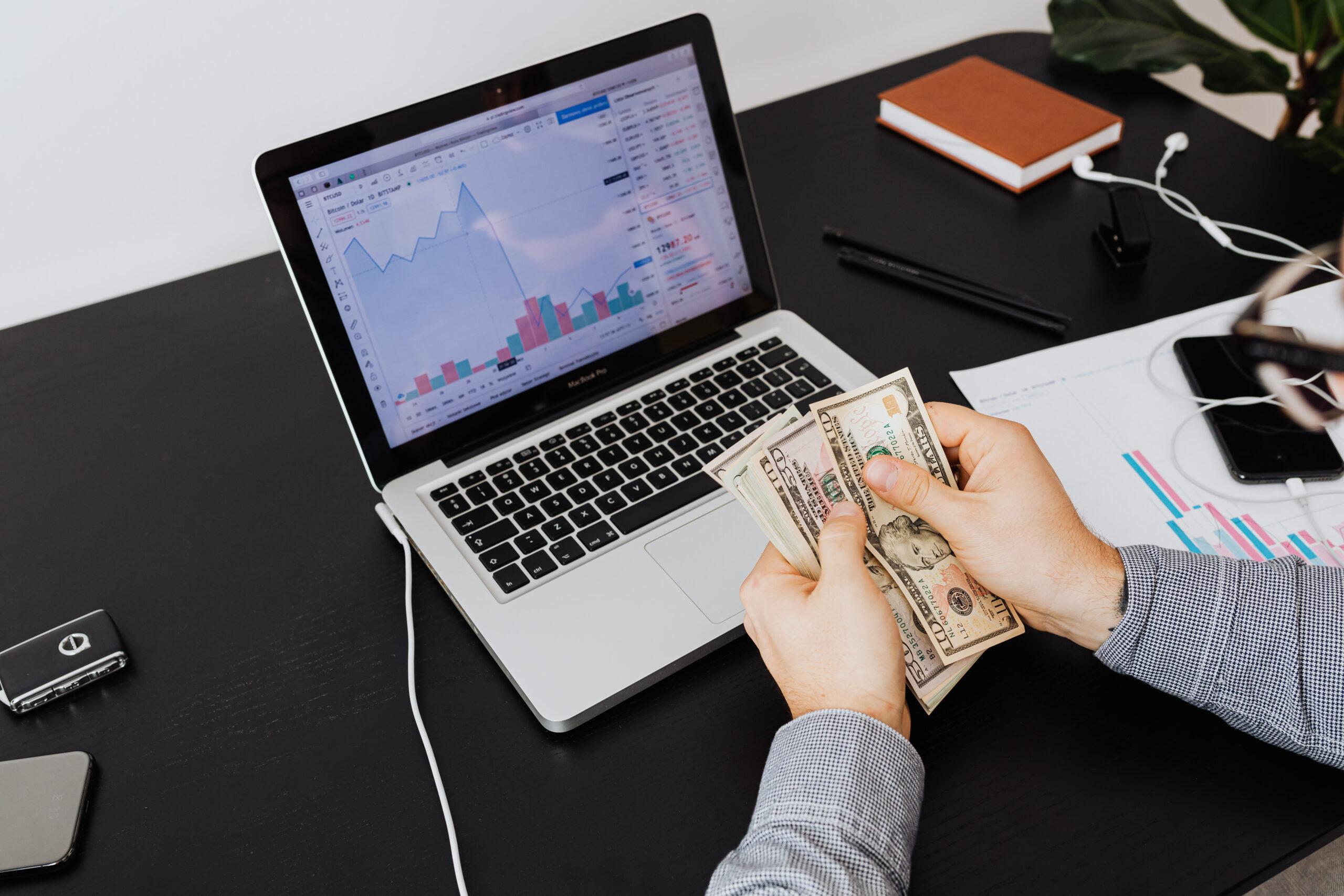Happy Thriving Thursday!
Last week, the market was down 4 days out of 5 trading days, despite that it was up near recent highs. It pulled back yesterday but as I type today it is positive. It seems stuck within the 450-468 range. Historically, December is a bullish month.
Am going to call Thursday “SPY Day”. Each Thursday, I will focus on what SPY is doing, with the hope it will help give us a clue about the market’s upcoming moves.
If you’d like to see more ideas for trading the SPY, click here.
SPY or the SPDR S&P 500 trust is an exchange-traded fund which trades on the NYSE Arca under the symbol SPY. SPDR is an acronym for the Standard & Poor’s Depositary Receipts, the former name of the ETF. It is designed to track the S&P 500 stock market index. This fund is the largest ETF in the world and gives a good overall picture of the market. SPY includes shares from the top 500 companies.
The chart of the S&P below is a weekly chart with a TSI indicator at the bottom. The description coming up next explains how to use the TSI.
True Strength Indicator
The True Strength Index (TSI) is an oscillator that fluctuates between positive and negative territory. As with many momentum oscillators, the centerline defines the overall bias. The bulls have the momentum edge when TSI is positive, and the bears have the edge when it’s negative. As with MACD, a signal line can be applied to identify upturns and downturns. Signal line crossovers are, however, quite frequent and require further filtering with other techniques. Chartists can also look for bullish and bearish divergences to anticipate trend reversals; however, keep in mind that divergences can be misleading in a strong trend.
TSI is somewhat unique because it tracks the underlying price quite well. In other words, the oscillator can capture a sustained move in one direction or the other. The peaks and troughs in the oscillator often match the peaks and troughs in price. In this regard, chartists can draw trend lines and mark support/resistance levels using TSI. Line breaks as well as line crosses can then be used to generate signals.

Plain and Simple
There is now a hollow red candle under the trend lines that I have been showing at the top of the chart. On the line indicator at the bottom of the chart, look how the black line is further under the red from last week. We have 2 more trading days this week. The market is closed Friday for the holiday. Indications point to a possible bearish move. Deciding to not trade until there is a clear direction is often smart.
TSI Buy Signal
Each candle on the chart represents price movement over one day. For months, the SPY has broken out and has been moving up. The TSI line dug into its signal line, created white space between the lines.
Price needs to move above the overhead line to consider a trade. Support is like a floor and resistance is like a ceiling, and price needs rise above that level.
Check out the profit potential of option trading versus buying stock. Big difference!!!
SPY is a well-rounded ETF, offering exposure to the price moves of 500 equities. Options trade both directions (depending on what happens).
To buy shares of SPY today would cost approximately $458 per share (as I write this on Tuesday), but I am suggesting it may continue flat like the candles on left side of the overhead line or move down. I have no way to know if it will break above or continue down. This said, it seems stuck so don’t enter unless it breaks above the upper line or 460.
Option trading offers the potential of a lower initial investment and higher percentage gain. Let’s take a look and compare.
You buy call options if you expect price to go up and put options if you feel price is going to drop.
Wait until it moves above 460 before considering a Call trade.
If you bought 2 shares of SPY at $460, you would invest a total of $920. Now, if SPY were to move above $460 and say, moves higher to $470, it would profit approximately $10 per share or $20 for the two shares or 2%. Not a very exciting profit.
If it drops through support at $460 to $455, you lose $5 per share or $10 for the two shares if it stopped at that level or more if it kept dropping.
As I type this numbers are rising, so the figures below are strictly examples.
Now to compare. If you bought one Call option contract covering 100 shares of stock with a January 7th (Jan wk1) expiration date for the $470 strike (if price rises above 460 before entry), the premium would be approximately $2.35 per share or $235 for the contract. If price increased $10 over the next few days, the option premium would increase approximately $5.00. This is a gain of $5.00 per share or $500 for the 100-share contract or 113% over a short period of time.
This would be $500 profit on an investment of $235. Pretty good over a short period of time.
Option trading is truly unique in its ability to give traders the opportunity to trade an equity’s price move in either direction.
These types of trades are what can bring life-changing financial gains.
I want to stress, when you trade options, you can close the trade anywhere along the line to take profit (or loss). You don’t have to wait until it hits the target or until expiration day.
You also want to wait for the indicator confirmation and don’t jump-the-gun with an early entry.
Trading options can be a win, win, win opportunity. Options often offer a smaller overall investment, covering more shares of stock and potential for greater profits.
What’s Next? I Can Hardly Wait!
Keep an eye on your inbox and I will keep sharing what I have my eye on. If you want to get deeper into how I find these winners, be sure to check out the programs in the banners in this message to learn more about options.
I love teaching and write my strategy books as clear as I write these emails. I try to think of the questions you’ll ask before you ask them. Sign up and join me in the profit potential.
Happy Holidays!
Wendy Kirkland

Past Trades:
We discussed the SPY Dec wk5 $475 call trade that you would have bought at .75. SPY dropped quite a bit last week so you would have wanted to sell it soon after you bought it. If you sold it last Friday the price would have dropped to .72 which isn’t a very big loss. Today the premium is .40 which is almost half. That would have been a big loss. Cutting your losses before they become huge is smart.












Recent Comments